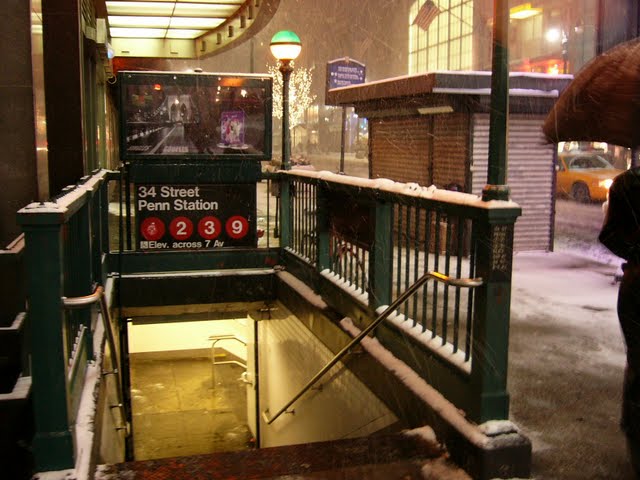


NEW DELHI — An old woman missing her upper front teeth holds a child in rumpled clothes — who is wearing a Fendi bib (retail price, about $100).
A man modeled a Burberry umbrella in Vogue that costs about $200. Some 456 million Indians live on less than $1.25 a day.
A family of three squeezes onto a motorbike for their daily commute, the mother riding without a helmet and sidesaddle in the traditional Indian way — except that she has a Hermès Birkin bag (usually more than $10,000, if you can find one) prominently displayed on her wrist.
Elsewhere, a toothless barefoot man holds a Burberry umbrella (about $200).
Welcome to the new India — at least as Vogue sees it.
Vogue India’s August issue presented a 16-page vision of supple handbags, bejeweled clutches and status-symbol umbrellas, modeled not by runway stars or the wealthiest fraction of Indian society who can actually afford these accessories, but by average Indian people.
Perhaps not surprisingly, not everyone in India was amused.
The editorial spread was “not just tacky but downright distasteful” said Kanika Gahlaut, a columnist for the daily newspaper Mail Today that is based here, who denounced it as an “example of vulgarity.”
There’s nothing “fun or funny” about putting a poor person in a mud hut in clothing designed by Alexander McQueen, she said in a telephone interview. “There are farmer suicides here, for God’s sake” she said, referring to thousands of Indian farmers who have killed themselves in the last decade because of debt.
Vogue India editor Priya Tanna’s message to critics of the August shoot: “Lighten up,” she said in a telephone interview. Vogue is about realizing the “power of fashion” she said, and the shoot was saying that “fashion is no longer a rich man’s privilege. Anyone can carry it off and make it look beautiful,” she said.
“You have to remember with fashion, you can’t take it that seriously,” Ms. Tanna said. “We weren’t trying to make a political statement or save the world,” she said.
Nearly half of India’s population — about 456 million people — live on less than $1.25 a day, according to World Bank figures released last week. But as any well-briefed luxury goods executive or private banker knows, India also has a fast-growing wealthy class and emerging middle class that make it one of the world’s most attractive new places to sell high-end products.
The juxtaposition between poverty and growing wealth presents an unsavory dilemma for luxury goods makers jumping into India: How does one sell something like a $1,000 handbag in a country where most people will never amass that sum of money in their lives, and many are starving? The answer is not clear cut, though Vogue’s approach may not be the way to go.
Read the NY Times article











No comments:
Post a Comment